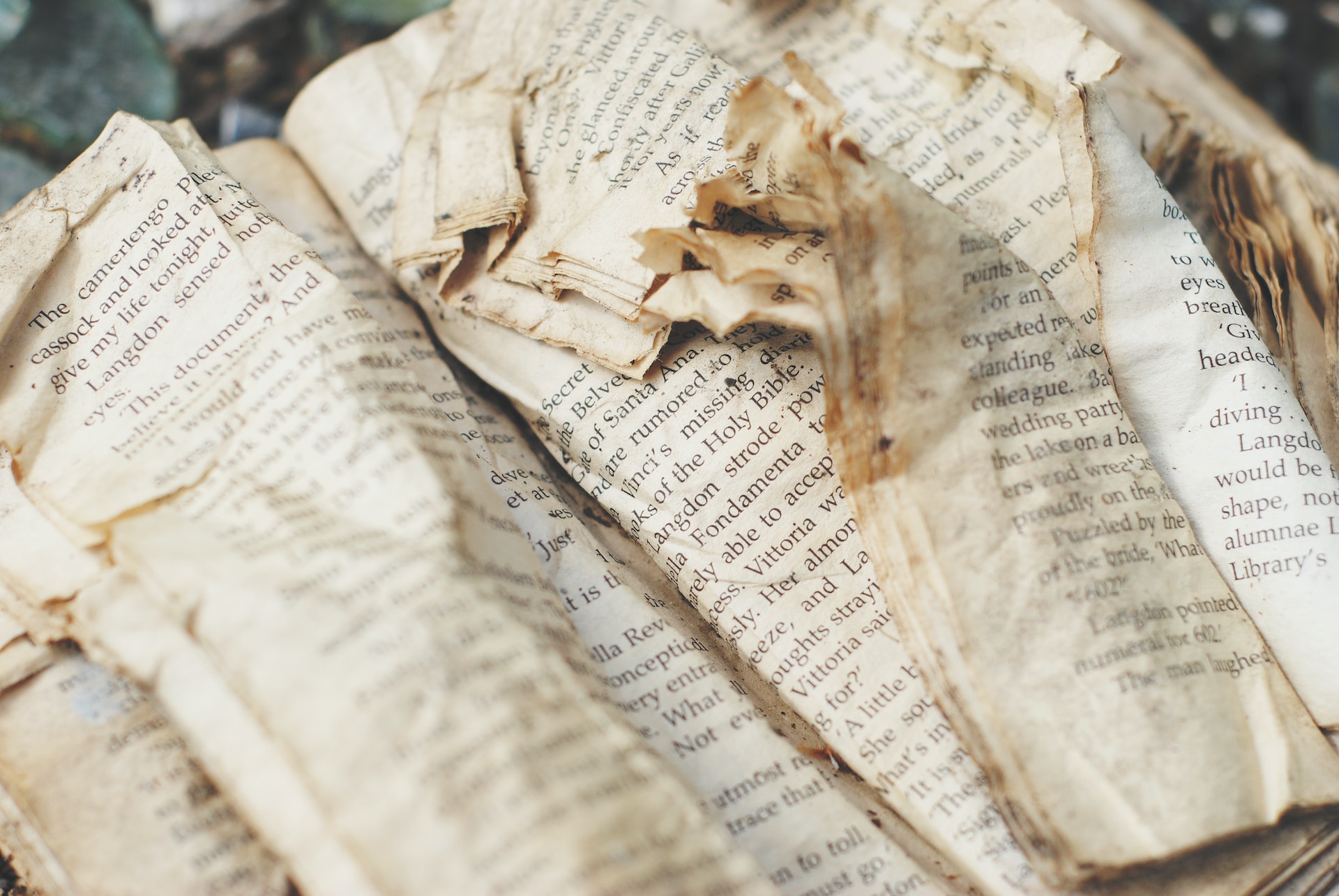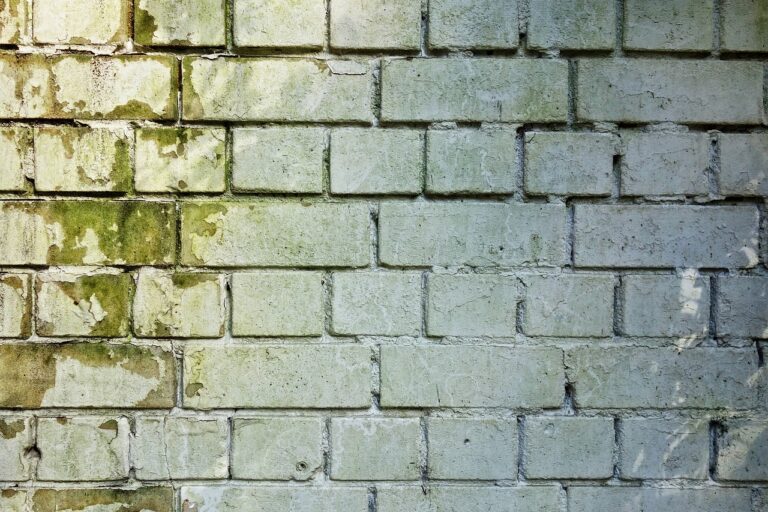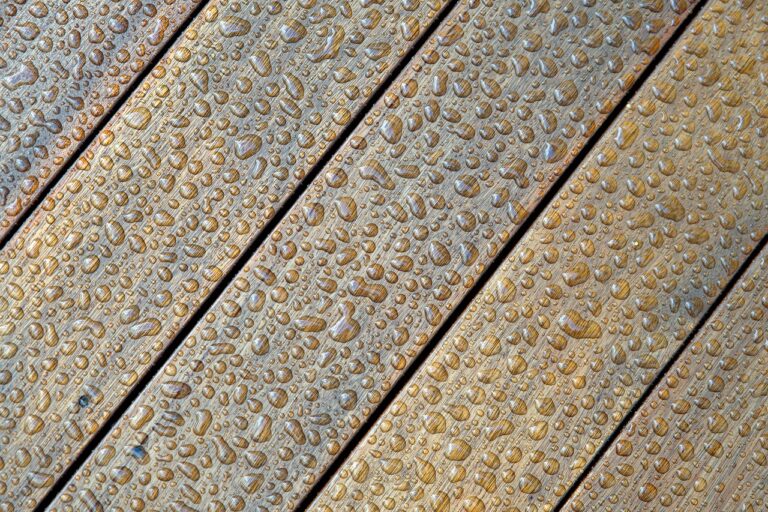Water damage can be a nightmare for any homeowner. Whether it’s from a burst pipe, heavy rain, or a flooded basement, the aftermath of water damage can leave you feeling overwhelmed and devastated. Not only does water wreak havoc on your property, but it can also cause irreparable damage to your cherished possessions, including important documents and personal belongings. Thankfully, there are steps you can take to mitigate the damage and restore your water-damaged items.
Why Protecting Your Home from Water Damage is Crucial
Water damage can have significant consequences for your home and your family. The longer water sits, the more damage it can cause. Mold growth, structural damage, and electrical hazards are just a few of the potential issues that can arise from water damage. Moreover, water damage can also lead to the loss of sentimental and valuable items, such as family heirlooms, photographs, and important documents.
By implementing preventive measures to protect your home from water damage, you can avoid these potential disasters. Regularly inspecting your home for leaks, maintaining your gutters and downspouts, and installing sump pumps are just a few ways to safeguard against water damage.

Restoring Water-Damaged Documents
When it comes to water-damaged documents, time is of the essence. The longer they are exposed to water, the more difficult it becomes to salvage them. Here are some steps you can take to restore water-damaged documents:
- Act Quickly: As soon as you discover water-damaged documents, remove them from the water source and handle them with care. Time is crucial in preventing further damage.
- Separate and Air-Dry: Gently separate the wet documents and lay them flat on a clean surface. Avoid using high heat or direct sunlight, as this can cause additional damage. Instead, use fans or dehumidifiers to promote air circulation and speed up the drying process.
- Clean and Disinfect: Once the documents are dry, remove any dirt or debris using a soft brush or cloth. You can also use a mild disinfectant solution to ensure the documents are free from any potential contaminants.
- Seek Professional Help: If you are dealing with valuable or delicate documents, it’s best to consult a professional document restoration service. They have the expertise and specialized equipment to handle and restore water-damaged documents effectively.
Restoring Water-Damaged Personal Belongings
Water damage can also wreak havoc on your personal belongings, including furniture and clothing. Here are some tips to restore water-damaged personal belongings:
- Remove from Water: If your belongings are submerged in water, remove them promptly to prevent further damage. Be cautious of any electrical items and avoid touching them if they are still plugged in or if the area is wet.
- Dry and Clean: Thoroughly dry your belongings using fans, dehumidifiers, or by placing them in a well-ventilated area. Once dry, clean them using appropriate methods and products. For example, fabric items may require washing or dry cleaning.
- Evaluate Damage: Assess the extent of the damage to your personal belongings. Some items may be salvageable with proper cleaning and restoration, while others may need to be replaced. It’s essential to prioritize what can be saved and act accordingly.
- Consult Professionals: If you are unsure about the restoration process or dealing with valuable items, seek professional assistance. Restoration experts have the knowledge and equipment to handle water-damaged personal belongings effectively.

Preventing Future Water Damage
While it’s essential to know the steps to restore water-damaged items, preventing future water damage should be a top priority. Here are some preventive measures you can take:
- Regular Maintenance: Regularly inspect and maintain your home’s plumbing system, roof, and gutters to identify and repair any potential issues before they become major problems.
- Install a Sump Pump: If you live in an area prone to flooding, consider installing a sump pump in your basement or crawl space. This device helps prevent water damage by automatically pumping out excess water.
- Waterproof Your Home: Apply waterproof coatings on your basement walls, seal cracks in your foundation, and install proper drainage systems to keep water from seeping into your home.
- Install Water Leak Detection Devices: Invest in water leak detection devices that can alert you to any leaks or bursts in your plumbing system. This early detection can help prevent significant water damage.
- Store Important Documents Digitally: Make digital copies of essential documents and store them securely in cloud storage or on external hard drives. This ensures you have a backup in case of any water damage.
The Bottom Line
In conclusion, water damage can be a devastating experience for any homeowner. However, by taking immediate action and following the proper restoration steps, you can salvage your water-damaged documents and personal belongings. Remember, prevention is key, so take the necessary precautions to protect your home from water damage.






